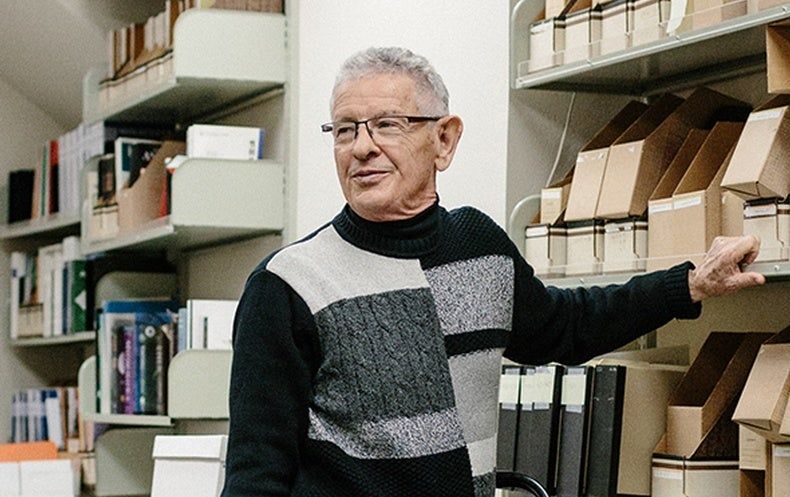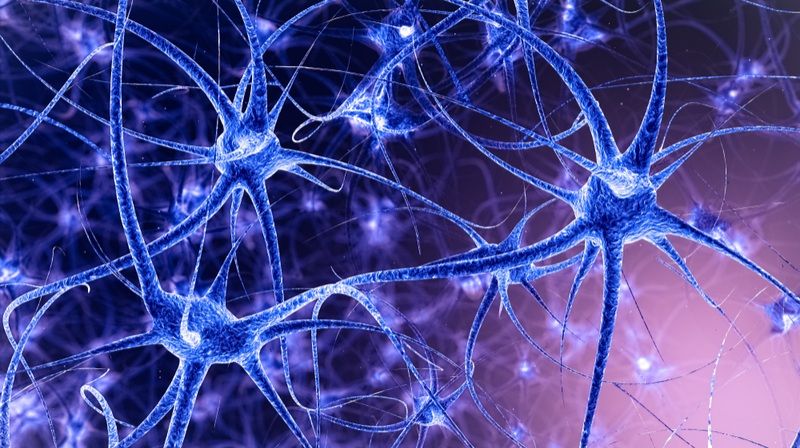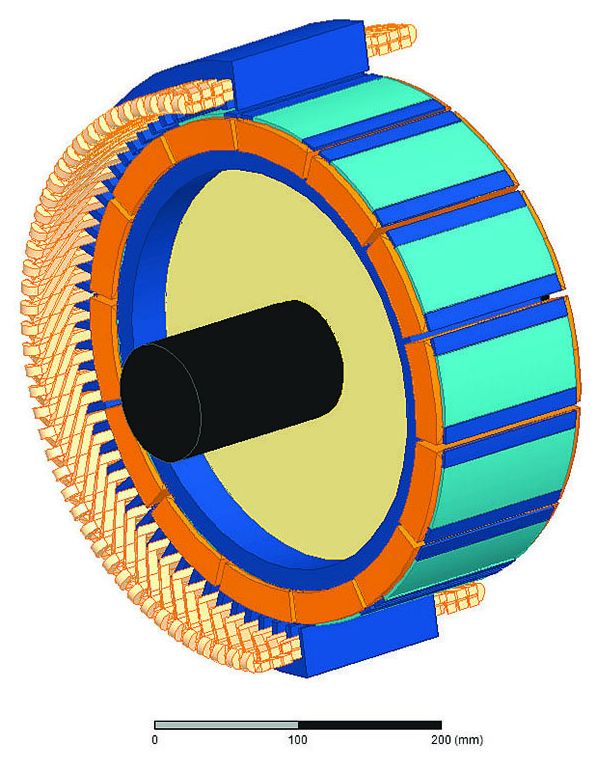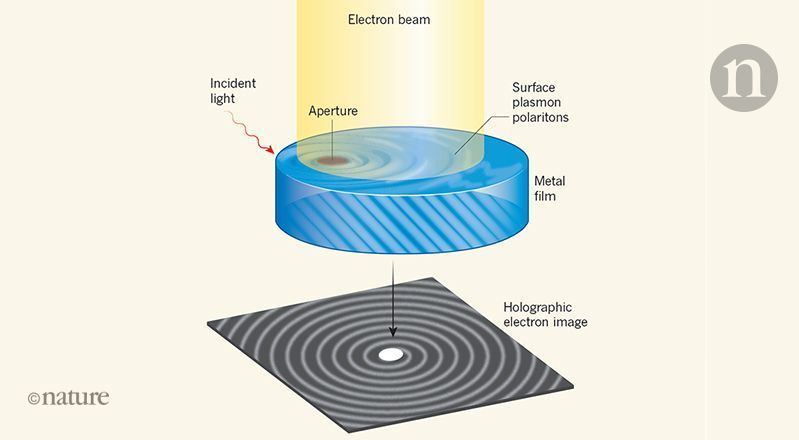When I was kid I used to watch the Incredible Hulk on TV and wait for Bruce Banner to fly into a rage, his muscles inflating like balloons, pants torn to shreds while his entire body turns green as he transforms into the Hulk. As I grew up, and learned more about the advances in genetics, it never occurred to me that cutting-edge genome-editing techniques could explain the scientific principles behind the Hulk’s metamorphosis or his fellow Marvel Comics star-spangled hero Captain America. In a recent Stanford Report story, Sebastian Alvarado Opens in a new window, a postdoctoral research fellow in biology, creatively applies the concepts of epigenetics to illuminate the process by which average Joes become superheroes.
As Alvarado notes in the piece Opens in a new window and above video, over the past 70 years scientists have developed tools for selectively activating and deactivating individual genes through chemical reactions, a process termed epigenetics. Similar to flipping on a light, switch gene expression can be “turned on” or “turned off. ”We have a lot of genome-editing tools – like zinc finger nucleases, or CRISPR/Cas9 systems – that could theoretically allow you to epigenetically seek out and turn on genes that make your muscles physically large, make you strategically minded, incredibly fast, or increase your stamina,” he said.
In the case of Captain America, the process of deliberately switching on and off genes could offer a real-world explanation as to how scrawny Steve Rodgers gained extraordinary, strength, stamina and intelligence after being injected with ”Super Solider Serum” and then blasted with ”Vita-Rays.” When it comes to Bruce Banner, a little more creative license is required. Alvarado’s theory is:






